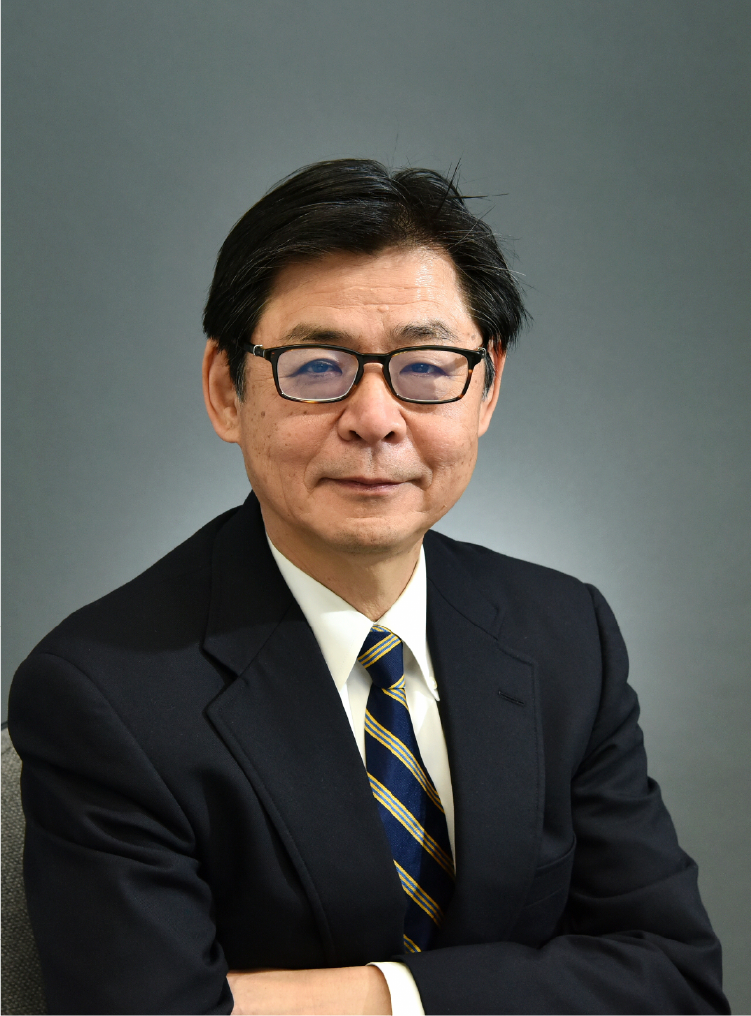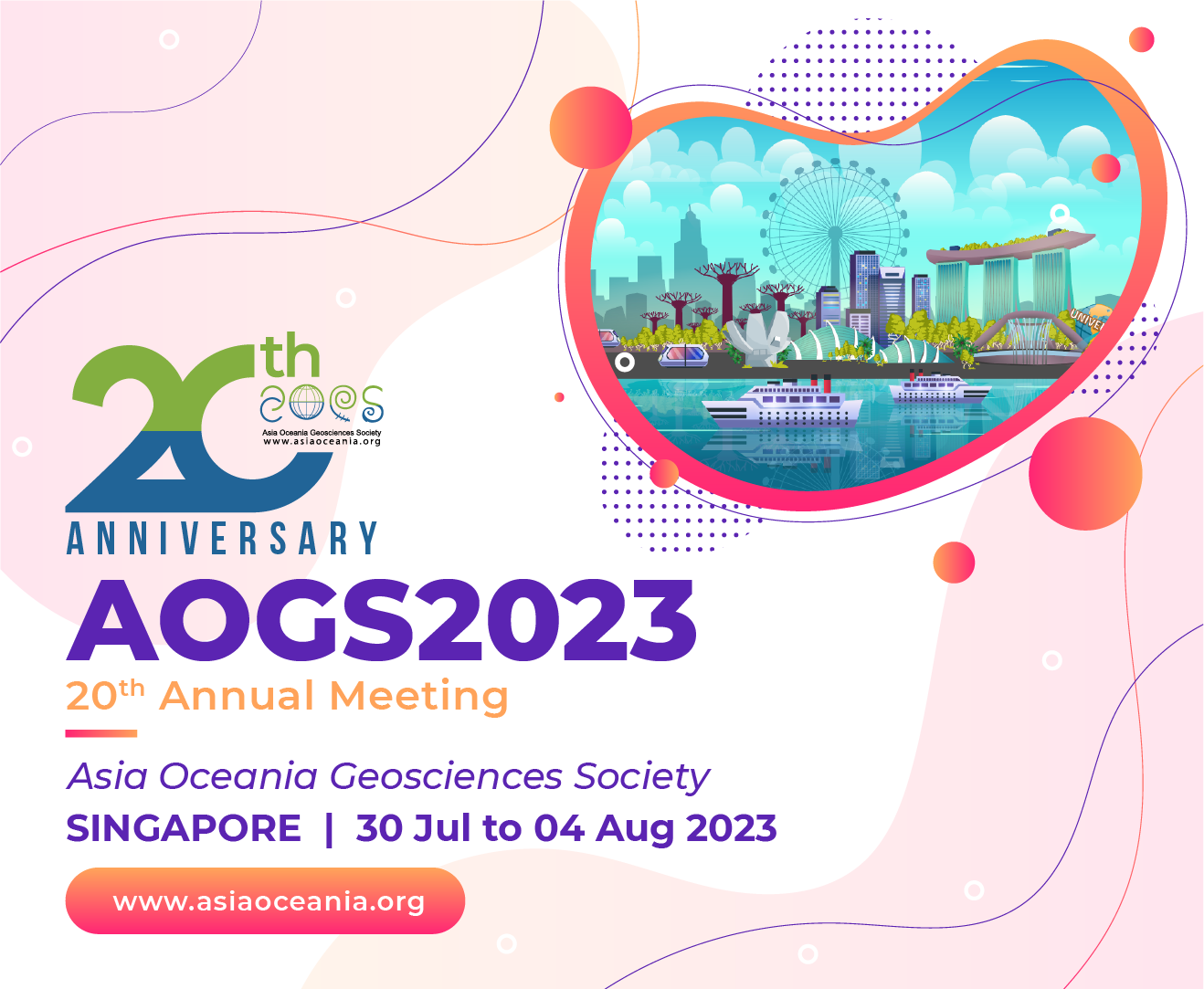

Shigeo YODEN
Institute for Liberal Arts and Sciences,
Kyoto University
Shigeo Yoden is a Professor Emeritus of Kyoto University (KU), and Vice Director at the Institute for Liberal Arts and Sciences, KU. He received his D.Sc. from KU in 1983 and has over 37 years of professional experience at the Department of Geophysics, KU as a Research Associate, Associate Professor, and Professor of Meteorology (2002 to 2020).
Yoden's research interests include the dynamics of atmospheres, climates, and geophysical fluids, applying computational sciences to numerical model experiments and data analyses. He has published over 120 peer-reviewed articles and supervised 14 Ph.D. and 30 Master’s students. He is an active member of the WCRP/Stratosphere-troposphere Processes And their Role in Climate, serving as a member of the Scientific Steering Group (1999 to 2005) and as a theme leader for “Stratosphere-Troposphere Dynamical Coupling” (2005 to 2015) and “Stratospheric and Tropospheric Influences on Tropical Convective Systems” (2016 to the present). He also served as the president of the IUGG/IAMAS/International Commission on Middle Atmosphere (2007 to 2011) and as an editor of the Journal of the Atmospheric Sciences of the American Meteorological Society (2009 to 2011).
He directed the KU Active Geosphere Investigations for the 21st Century COE Program (KAGI21) from 2003 to 2007. At the 1st AOGS meeting, he gave a public lecture titled “Active Geosphere: A New Interdisciplinary Approach to Earth Science from Asia and Oceania”. He also organized the KAGI21 International Summer School nine times from 2004 to 2018, held in Kyoto and Bandung, with a total of 306 students from 22 countries.
Wing Ip Medal Lecture | 2 Aug (Wed) 8:15 AM – 10:00 AM | MR331
Stratosphere-Troposphere Dynamical Coupling
Abstract: It is an honor to receive the 2023 AOGS Wing Ip Medal, given that solar physics and planetary atmospheres are among Professor Ip’s main research fields, and those areas overlap with some of my recent interdisciplinary research, which has focused on the relationships between solar activity variations and weather and climate responses on multiple scales. Specifically, we have conducted data analysis on the influence of solar-modulated galactic cosmic rays on global cloud distribution and regional atmospheric circulations (Kumar et al. 2023; Sci. Rep.), an Earth-system simulation on the transport and deposition of 10Be produced by the strongest solar proton event during the Holocene known as the Miyake Event around 774 CE/775 (Spiegl et al. 2022; JGR), and paleoclimate simulations of the Mid-Holocene and the Last Glacial Maximum to assess the impacts of stratospheric ozone chemistry associated with Milankovitch-cycle variations of solar insolation (Noda et al. 2017, 2018; JGR).
The common framework behind these works is the dynamical coupling between the stratosphere and the troposphere. This has been my life’s work since my early career experience as a Japan Society for the Promotion of Science (JSPS) Fellow for Research Abroad from 1985 to 1987 at the University of Washington under the guidance of Professor James R. Holton. I thoroughly investigated the nonlinear structure of a simple low-order model that describes the interaction between the zonal-mean zonal flow and planetary-scale Rossby waves propagating upward from the troposphere to the stratosphere to clarify the interrelationships among three stratospheric sudden warming theories and discuss the diversity of winter polar vortex variability originating from the occurrence of such extreme events (Yoden, 1987a,b,c; JAS).
Since then, my research group at Kyoto University has used a hierarchy of numerical models, from simple low-order models to complex high-end general circulation models of the atmosphere and Earth system models, to study the dynamical coupling between the stratosphere and troposphere. I also served as a theme leader of “Stratosphere-Troposphere Dynamical Coupling” in the World Climate Research Programme/Stratosphere-troposphere Processes And their Role in Climate (WCRP/SPARC) from 2005 to 2015, after serving as a member of its Scientific Steering Group from 1999 to 2005. I have organized and led many international conferences and workshops, including the JSPS/NSF Japan-U.S. Seminar on “Coupling of the Troposphere and Stratosphere by Dynamical, Radiative, and Chemical Processes” in Kyoto, Japan, in 2001 (Yoden et al. Eds. 2002; JMSJ), and the AGU Chapman Conference on “Jets and Annular Structures in Geophysical Fluids” in Savannah, USA, in 2006 (Robinson and Yoden Eds. 2007; JAS).
Most studies on the stratosphere-troposphere dynamical coupling had focused on middle and high latitudes, where the standard paradigms for interpretation and explanation are based on balanced dynamics (i.e., the non-local aspects of potential vorticity inversion). However, no comparable interpretive paradigm exists in the tropics, where mesoscale deep moist convection and its organization into multi-scale convective systems are the fundamental frameworks of their dynamics. About a decade ago, the understanding and simulation capability of such tropical convective systems had been still limited, which was the motivation to start the “Stratospheric And Tropospheric Influences On Tropical Convective Systems (SATIO-TCS)” activity under WCRP/SPARC in 2016 (e.g., Hitchman et al. 2021; JMSJ, Haynes et al. 2021; JMSJ). Our contributions in observational, global modeling, and cloud-resolving modeling studies on tropical convection, convective systems, and their multi-scale dynamics are multifaceted under the collaborations with early career researchers from Asia and the world (including, Bui, Chhin, Dhaka, Fajary, Hadi, Hitchcock, Jain, Koh, Kumar, Martin, Spiegl, Thalongsengchanh, and Trilaksono).
